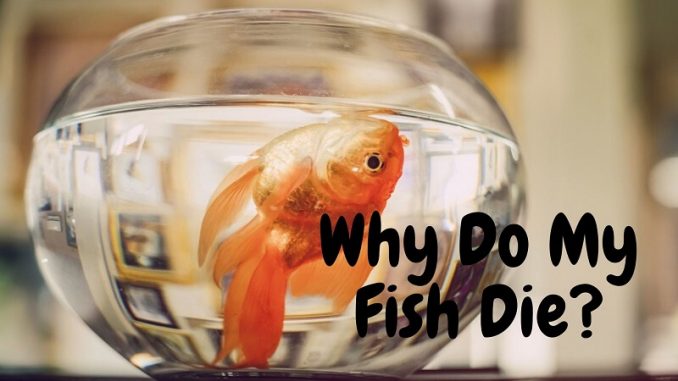
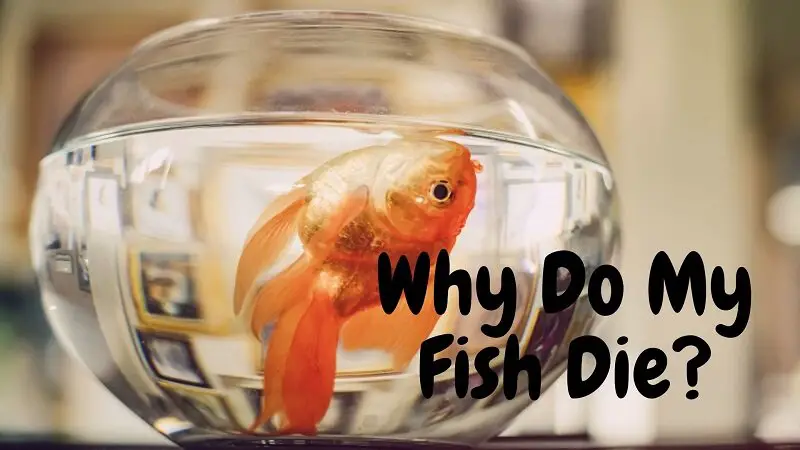
It may or may not come as a surprise to you that fish are very delicate animals that require a lot of tender loving care. They are much more delicate than you think, even the ‘low maintenance’ fish like bettas and platies have basic tank requirements that when not met would make them very sick, and could even cause death.
All hobbyist fish keepers experience sudden and unexpected fish death, regardless of their aquarium upkeep experience and expertise. The truth is that there is always a reason for your fish becoming ill, and it just takes a bit of investigating to find out why.
If you experience fish death in your tank, you must immediately attempt to work out why it happened before there is further loss of fish. The majority of the time fish death is not caused by disease or infection, but by changes to the tank environment.
We are going to be exploring all of the common reasons why fish may die, and identify ways to prevent it from happening again.
Water Temperature
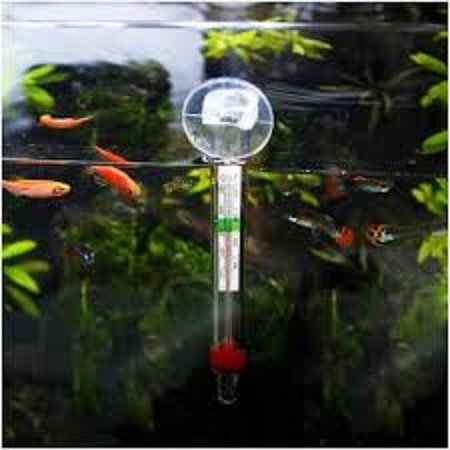
Fish are very sensitive regarding the range of water temperatures that they can handle. Luckily, this temperature doesn’t have to be exact. Each fish has its own water temperature range in which they best thrive. Makes sense right? In the wild, there is no way of keeping the oceans, rivers, or lakes at a constant temperature, so it is only logical that fish would be a little flexible in an aquarium environment.
One important thing to look out for is rapid fluctuations in water temperature. This is where we start to notice some issues and deterioration in aquarium fish health. Although the water temperatures may be fluctuating within the ‘safe’ ranges, the changes may be happening too quickly for your fish to handle and adapt causing them distress.
To prevent outside factors – like lighting – from changing your tank temperature, place your aquarium in a dark, quiet corner of the room, out of direct sunlight. This will stop any external weather fluctuations from occurring and therefore kee your tank’s temperature stable.
Alternatively, the issue might be that you have a few species of fish in a shared tank that are not temperature compatible. It does happen that one or more species will always be swimming in water that is not at the right temperature. To avoid this, only place together compatible fish in the tank-like ones that would be found in the wild in the same area as one another.
Water Quality
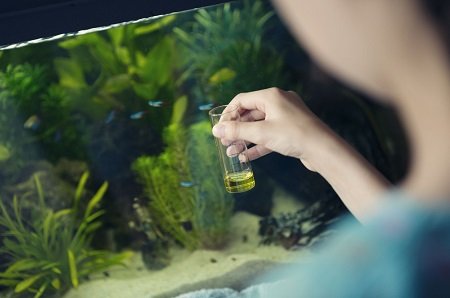
When we talk about water quality in your aquarium, we are referring to things like the pH levels in the water, the water filtration system, salinity, and the use of the wrong water type in your tank. If just one of the above factors is a little off, then your fish could suffer tremendously.
The aquarium’s filter should contain a build-up of beneficial bacteria that are essential for maintaining a high standard of water quality. Removing the old filter and installing a new one in the tank, regardless of whether the tank is already cycled or not is a big problem.
To avoid filter issues in your aquarium, have the old filter and new filter running together in the tank for at least a week to help the new filter colonize. You can add beneficial tank bacteria and water conditioners to the water to help the process along a little bit. Only once you are confident the new filter is ready, remove the old one from the tank.
Water pH levels are equally as important as having a colonized aquarium filter. High pH levels indicate that the water is alkaline, whereas low pH levels show acidity in the water. Aquarium plants and fish all have their preferred pH ranges, and not honoring that could cause fish death.
There are a lot of things that can change the pH level in your water, including adding new fish to the tank. The more common reasons your pH levels may have been altered is due to adding chemicals to the water, changing the substrate, or tank decorations.
Certain substrates such as coral and limestone can dissolve into the water and change the pH levels dramatically. More often than not, these substrates are purchased and placed in the tank especially to do just that. If you haven’t researched your tank substrate and decorations properly before purchase, you could unintentionally run into this very issue.
New Tank Syndrome
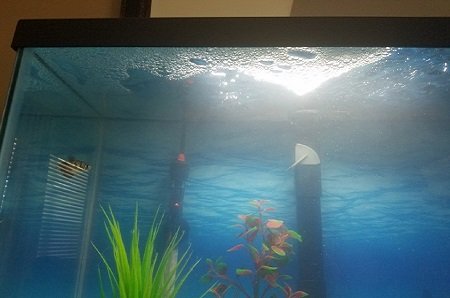
Funnily enough, fish don’t like completely sterile and crystal clear water. Think of it this way: do fish swim in pristine, super clean water in the wild? No, so it only makes sense that their tank shouldn’t be completely sterile either. Now, we aren’t saying you should let your tank get filthy, but beneficial bacteria are vital to your aquarium, as is maintaining the right nitrogen levels in the tank.
The waste fish produce is broken down by beneficial bacteria in the tank. If there are no bacteria, or not enough of them in the aquarium, the ammonia levels in the water spike. This is toxic to your fish and will result in them being very sick if you don’t restore the balance in the aquarium.
This natural nutrient recycling process is called the nitrogen cycle, the slang reference for it amongst aquarium enthusiasts is to ‘cycle’ your tank. Tanks need to be cycled after partial or full water changes when new fish are introduced to the tank and for a few other reasons. Failure to do this will result in the fish getting new tank syndrome.
Food

Fish have no idea when they are full, they could just eat and eat until they pass out. Overfeeding your fish will cause them serious health issues. Excess waste caused by the fish overeating more than they should change the chemistry of the water, as does left-over uneaten decaying food that sinks to the bottom of the tank.
Here are a few signs to look out for that show your fish have been overfed:
- Filter systems can get clogged with old food, interfering with the natural balance of the aquarium.
- If you start to notice small white or brown worms in the water, you need to respond and treat your tank right away. Flatworms are not necessarily harmful to your fish in any way, but they are an indication that you have been giving your fish way too much food. If you notice flatworms in a breeding tank or around fish eggs, remove them immediately otherwise they will eat the fish eggs.
- Cloudy aquarium water is another sign of overfed fish. Don’t be too quick to perform water changes unless it is absolutely necessary. A simpler alternative would be to stop feeding your fish for 2 or 3 days and this will clear up the water. (Most fish will be fine with no food for a couple of days.)
- Food can get stuck in decorations and in the substrate, especially if you have a gravel substrate. Mold and algae will eventually grow if the problem is left untreated.
- Fish with sensitive stomachs could catch diseases from overfeeding. Take the cichlid species, for example, they can get fatty liver disease from being overfed.
Another food issue could be feeding the fish an inappropriate diet. Not all fish like dry fish food flakes, some large fish feed on superworms, others prefer water fleas or bloodworms. The point is that a lot of fish have varied and specific diets to follow. Look into the best food for your fish and stick to that diet to ensure their health.
Dirty Tank
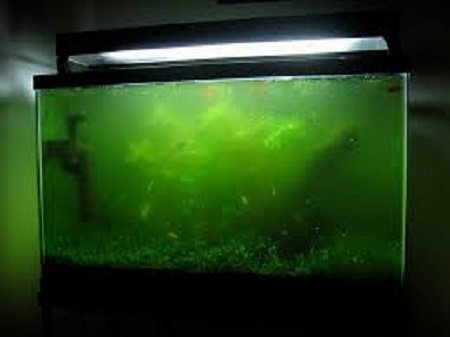
A dirty fish tank changes the levels of ammonia, nitrites, and nitrates in the tank. As we touched upon earlier, it is especially important to keep these compounds stable in order to maintain a balanced marine environment in your aquarium.
Some fish are more resistant than others and will show signs of being distressed or sick when the tank is dirty, while weaker fish will die within a day or two with no prior signs or warnings. The best solution to this problem is to write up a tank cleaning schedule. That way you won’t forget when you need to make water changes or when you need to clean the substrate and accessories.
Injury
Some fish have very delicate fins such as the betta fish. Betta fish are extremely popular because of their striking long fins and easy-going temperament. Some fish find betta fins so attractive that they nibble on them, injuring them and causing them a great deal of distress.
The Wrong Substrate
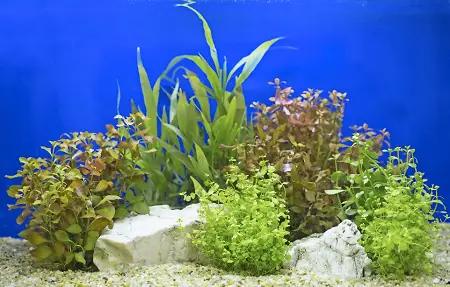
The substrate you choose in the aquarium is more important than you realize. There are certain bottom dwellers that have very sensitive underbellies and will get damaged if put in a tank with a sharp gravel substrate.
Sand isn’t appropriate for all fish species either. Sand can get stuck inside the fish and clog up their passageways. If this happens to your fish it is almost irreparable.

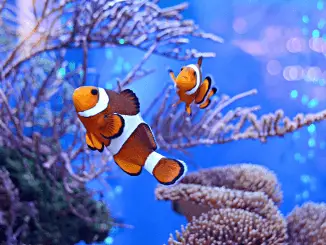

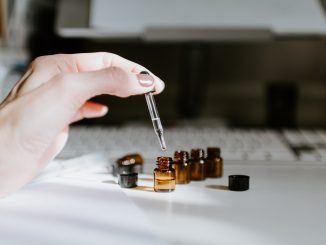
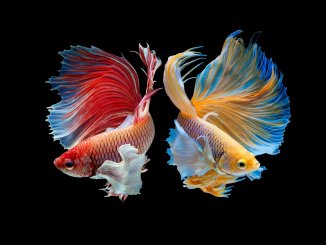
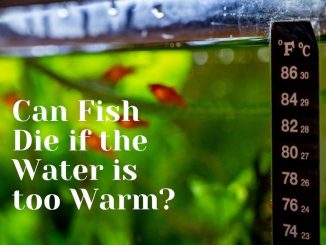
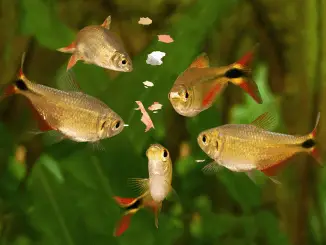
Both my fish died. So can you please tell me what went wrong. I feed them 4 times a day or sometimes 3.We checked the water temperature first time when we got them.Our one fish died in 5 days and another died in 1 month. One was a pink goldfish and the other one was a tiger barb. And they both were $12.00$ from petsmart.